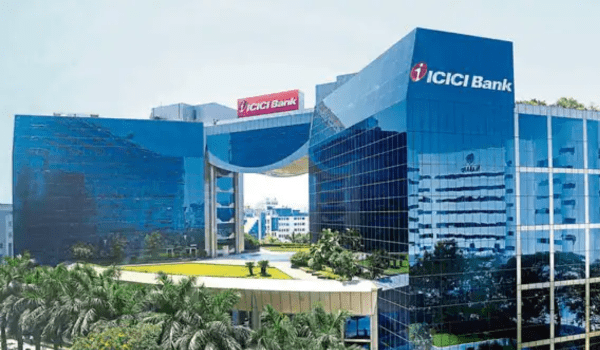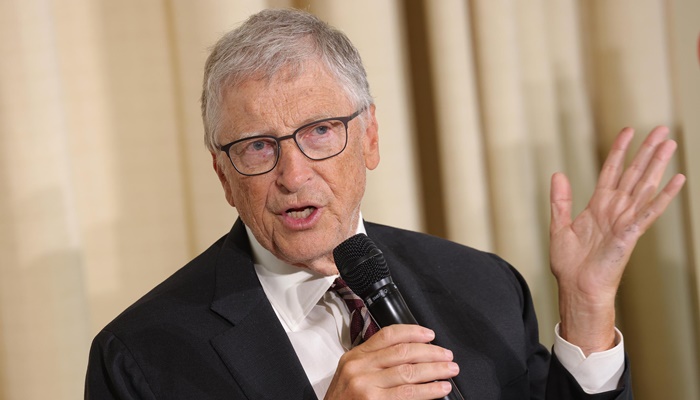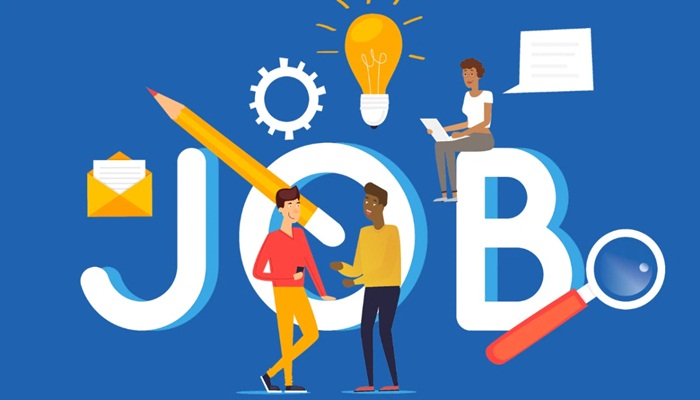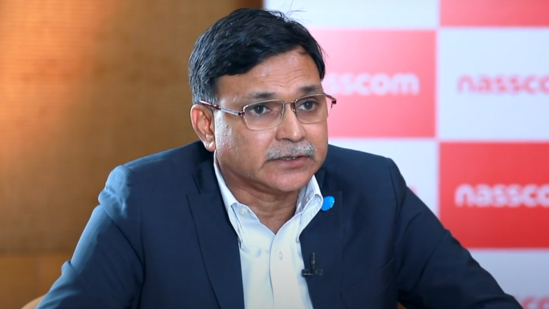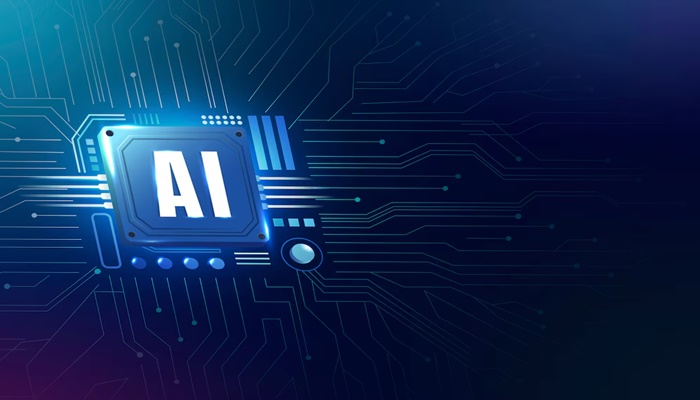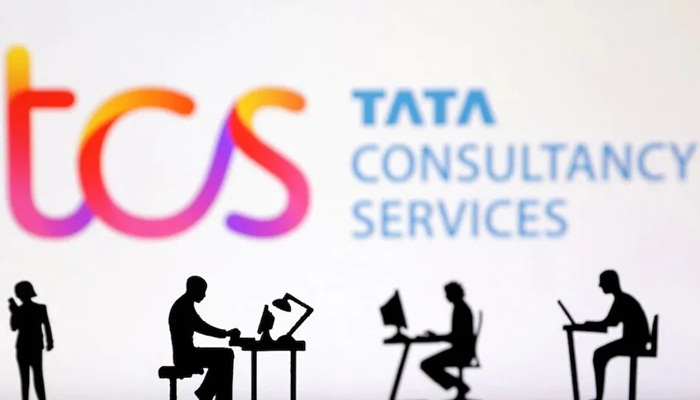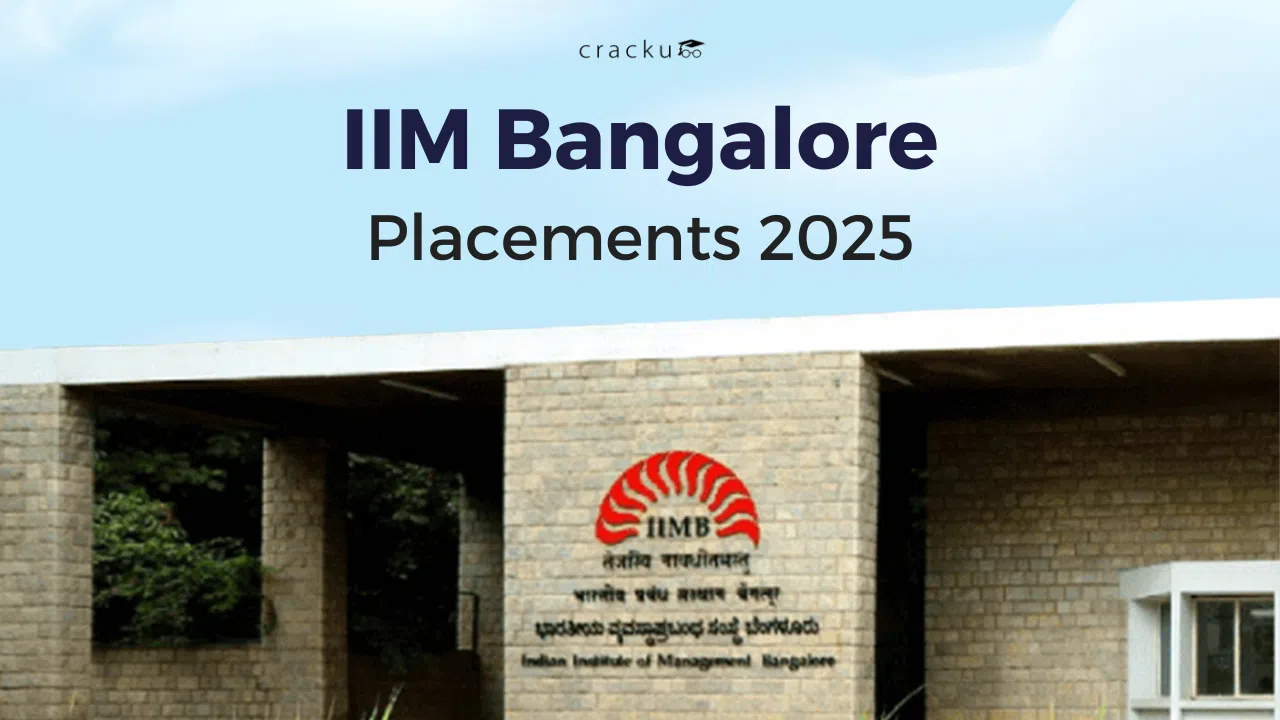2025 started with a sharp reminder that the tech world is changing—and fast. In just the first quarter, around 7,000 jobs were slashed across 71 tech giants, including major players like Amazon, Google, Microsoft, and Meta. As companies restructure to adapt to new technologies and economic realities, the message is clear: the future of work is being reshaped by artificial intelligence (AI).
In a recent episode of the WTF podcast, Zerodha co-founder Nikhil Kamath sat down with Aravind Srinivas, CEO of Perplexity AI, to unpack what this means for the next generation of workers and India’s position in the global AI race.
“The dystopian part of it is, unfortunately, in the short term, there’s going to be a lot of labor displacement,” Aravind said. “Not as many people are needed to get work done anymore. The next generation of graduates getting jobs, big tech laying off people—this is definitely going to impact the market.”
He emphasised that while AI brings boundless opportunities, it also means that only those who adapt and upskill will stay relevant. “Those who upskill and integrate AI into their work will thrive, while others risk being left behind,” he warned.
Big Tech’s layoffs underscore this transformation. Amazon recently laid off employees from their communications and sustainability teams, now totaling over 27,000 layoffs in three years. Meta removed 3,600 employees in a performance-based move, and Google launched a voluntary exit program to streamline operations. Microsoft, while sparing its Indian workforce, also targeted underperforming roles globally.
Kamath expressed a sentiment many Indians share: “Gen Z talks about FOMO—fear of missing out. I feel that every day when I read about AI. It feels like the match is happening in another geography, and I’m just talking to the commentator’s friend about what’s going on. What should it do? Is there any nuanced, low-hanging fruit that Indians are not taking advantage of?””
Aravind believes the answer lies in building India’s own AI ecosystem. “India should definitely train its own models,” he said. “There’s so much more work to do to make models reason, think, and become truly agentic… Speech recognition and synthesis for Indian voices are still poor. It’s not a priority for Western labs, but it matters for India. That’s a massive opportunity.” One such opportunity lies in voice AI. With India’s mobile-first population, real-time voice synthesis that understands local languages and accents could be transformative—if done right.
Finally, the two delved into India’s growing interest in data centers. With rising demand for infrastructure, Kamath asked if investing at a 25x EBITDA multiple still makes sense. Aravind responded, “I wouldn’t worry about quantum computing right now. I think it’s still in pretty early stages. I certainly think India should have its own data centers like there’s no reason not to and definitely calls for good real estate expertise. Infrastructure build-out is not easy.”
As layoffs shake the tech world and AI takes center stage, one thing is clear: India must build its own AI models. Though, the Indian government is doubling down on building its own digital and AI backbone. Fractal Analytics, a Mumbai-based AI company, has proposed creating India’s first Large Reasoning Model (LRM)—a major leap in AI capability. They’ve pitched the project under the IndiaAI Mission, seeking Rs 76.6 crore in government support out of a total Rs 118.8 crore budget.
At the same time, the government is also backing the idea of data staying within borders. Through the Indian Web Browser Development Challenge (IWBDC), it’s pushing for a homegrown browser to rival global players. Out of 434 entries, Zoho Corporation, Team Ajna, and Team PING have been selected to build a secure, India-focused browser that works seamlessly across iOS, Android, and Windows—offering a local alternative to Chrome (holds over 66 per cent of the global market share), Safari (18 per cent), and others.
Source:



